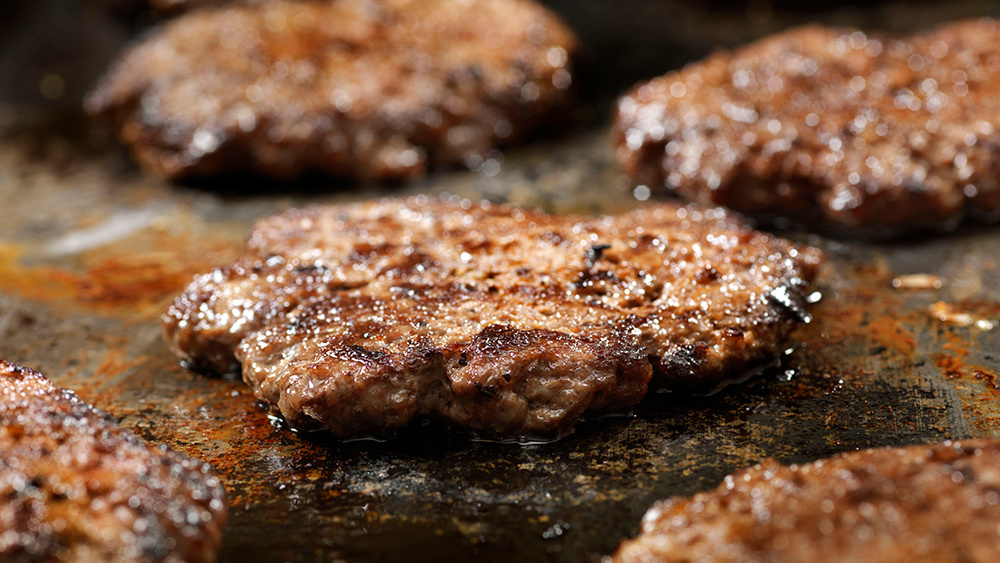
 Add to favorites
Add to favorites
Going gluten-free is all the rage right now with urban and rural hipsters. Many people are jumping on the bandwagon; especially young adults in their 20s and 30s. They do it for good reasons, but they don’t realize how they are being manipulated.
Step back to the 80’s and I was in the same boat. I fell into a similar food marketing trap. I fell into the fat-free craze. Those supposedly in the know told me that fat would clog my arteries. They told me I better eat fat free foods if I expected to live past 50. We all know now that was a bunch of bunk.
It is expected that the gluten-free industry will balloon to over $8 billion (yes, with a ‘b’) by 2020. But is “gluten free” really necessary? And is it really healthier than wheat-based products?
For those with a gluten intolerance, going gluten-free is a good idea. If you have celiac disease you really have no choice (unless you want to go through your day with stomach cramps, bloating, diarrhea, gas and a whole lot of other uncomfortable issues). In order to stay out of the potty you have to make a change.
So why do we have such an increase in celiac disease and intolerance to gluten?
Blame the wheat. I won’t go all science-y on you, but the wheat we grow today is not the same wheat we grew 50 years ago. Wheat is now genetically modified to grow faster to yield a bigger harvest. A bigger, faster harvest translates to more sales and more profit. But we are the ones who suffer as a result.
Since I’ve gone low carb I can tell when I eat too much wheat. I get bloated and uncomfortable. I’m not gluten intolerant, though. I’m just gluten sensitive. That gives me an incentive not to eat wheat (which I know is bad for me anyway). I stay away from wheat because it full of carbs. And carbs make you fat.
So why not eliminate wheat from your diet and switch to eating the gluten-free products that now make up such a big industry?
Because gluten free products are made with rice flour. At least, most of them are.
So all we’ve done is swap out wheat based products with rice based products.
Both are high in carbs. AND…rice flour is worse on your blood sugar than wheat flour.
We all know carbs increase our blood sugar. High blood sugar leads to Type 2 diabetes. No one wants that. So before we start eating gluten-free products (even those of us who are not gluten intolerant), we need to stop and think about what that would do to our bodies. Not only will we get fat eating gluten-free boxed food (another side effect), it will also raise our blood sugar levels.
We’ve talked before about how a glycemic index of 100 is the equivalent of straight glucose (sugar).
The glycemic index of wheat flour is 71.
The glycemic index of white rice flour is 89.
They are both bad, but rice flour is worse! You don’t want to continually jack up your blood sugar eating <strong>either of these</strong> or you’re on that express train to Type 2 Diabetes with very few stops along the way.
So how do we fix it?
Avoid most kinds of flour. Yes, some types of flour are better than others (coconut and almond flour are ok). But let me tell you, all those products in the ever-growing gluten free aisle aren’t your friends…and they never will be. They are primarily made of rice flour for two reasons:
1. There’s no wheat in it so it’s safe for people who are gluten intolerant.
2. It’s cheap. Food manufacturers like cheap.
Remember my mantra.
Flour = sugar= dessert.
If you are do not have celiac disease and are not gluten intolerant you can get away with eating some this stuff before the pounds catch up to you. But if you think avoiding wheat based pasta and switching to rice based pasta is going to help you lose your belly fat, you are very, very misinformed.
Cheers,

Nothing found.
Smash Burgers
Featured Posts,ZSpecialties,Recipes,ZS-5 Ingredients or Less,ZReboot
Smash burgers are all the rage. Step into a brew pub and you’ll likely find a smash burger on the food menu. These are NOT the huge, 8oz burgers we’ve been fed in the past. These are a thinner burger…
Nothing found.
Who Invented St. Patrick’s Day?
I always knew I was of Irish descent, but I never really knew HOW Irish I was until I got my 23 n Me results back.
Kitchen Hacks for Enjoying Lower Carb Pasta Meals
Enjoy your pasta; just don’t do it too often. Follow hints like this and you’re much less likely to gain weight.





